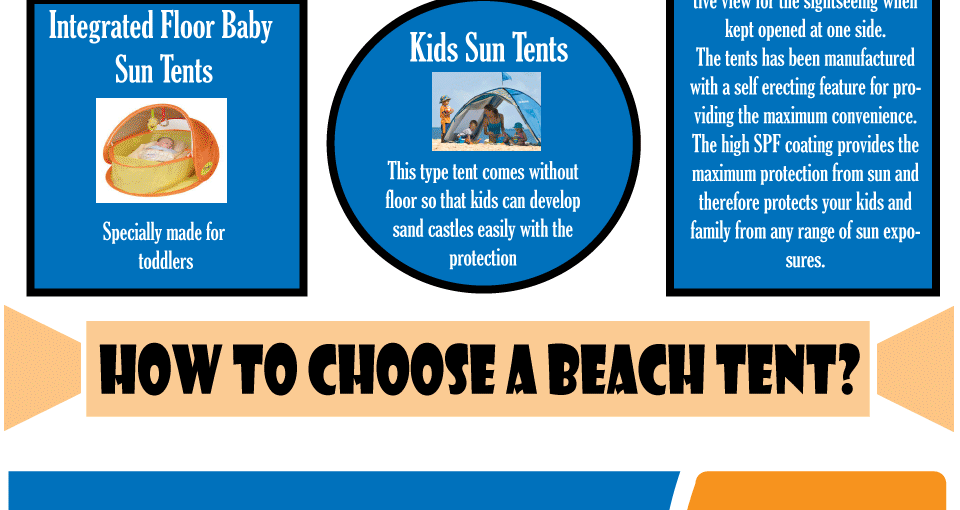If you camp on a regular basis in locations with rocks or sharp downed branches or merely despise packing away a wet, sloppy outdoor tents, after that an impact is certainly worth thinking about. Impacts are additionally reasonably economical contrasted to a brand-new tent.
How do you hold a tent down?
Many tent producers use their very own details impacts, which are reduced to the specific dimension of the outdoor tents flooring. However, you can make one yourself with a lightweight fabric like polycryo or tyvek.
Weather
Whether you require an impact actually relies on the conditions you'll be camping in. If you're backpacking in an area where the ground is generally damp (it's basically inescapable), a camping tent footprint can be a helpful addition to your set, as it will avoid your camping tent flooring from coming to be soaked.
Nevertheless, if the footprint is as well huge it can function as a wetness catch and possibly enable water to swimming pool under your camping tent. This can be prevented by making certain the impact is reduced a bit smaller than your camping tent on all sides.
Typically speaking, it's best to get an impact from the very same manufacturer as your outdoor tents to make sure a precise fit. They likewise have a tendency to be made from thicker, much more resilient materials than DIY choices. They can be expensive for something whose sole objective is to shield the ground below your outdoor tents, however it can be a beneficial investment if you care about the longevity of your equipment.
Surface
Lots of high quality camping tents can work well without a footprint, especially those that have bathtub floorings made from long lasting materials. However, the terrain you trek on can have a considerable effect on how quickly your tent flooring wears. Granite pieces, sandstone and other rugged surface areas put on with the bottom of your outdoor tents quicker than grassy meadows or woodland floorings.
A footprint or ground cloth helps extend the life of your outdoor tents by functioning as an obstacle between the ground and the sewn-in groundsheet of your outdoor tents, states REI senior sales specialist Elizabeth Nguyen. It also shields the outdoor tents from rough elements like sharp branches and rugged rocks that might puncture or tear the sewn-in flooring. When choosing a footprint for your outdoor tents, it is necessary to guarantee it's somewhat smaller than the outdoor tents on all sides. This stops water from pooling in between the tent and impact during a rainstorm, which can seep right into your camping tent. The best option for an impact is to purchase one designed for your details camping tent, which will assure a snug fit.
Tents with Reduced Deniers and Water Resistant Ratings
Whether you're a laid-back backpacker or a hardcore adventurer, the toughness level of your outdoor tents is an essential consideration. Outdoors tents developed to be ultralight, approaching minimalist, frequently trade off some level of resilience in the fabric and products utilized.
One fabric spec you'll run into is denier, which refers to the weight in grams of a 9,000-meter length of thread that comprises the camping tent's canopy, rainfly, and/or floor. A greater denier specification represents much more rugged fabrics, while lower numbers indicate lighter and less resilient materials.
Other specs to take a look at include flooring measurements, vestibule dimension, and indoor pockets. The former shows the general square-footage that can be utilized for habitable area, while the latter can play a role in storage by offering a place to stow away gear over night and in bad weather. Air flow is also a luxury tents with bathroom critical factor; as you breathe out moisture during rest, it requires to leave, or condensation might develop inside. Attributes such as mesh home windows and panels and adjustable rainfly doors aid enhance ventilation and avoid this from taking place.
The Cost
The price of an outdoor tents can impact its efficiency, and it is likewise essential to take into consideration how much you can manage to invest. Backpackers seeking a light-weight shelter must aim for a camping tent with a livability rating of at the very least two celebrities, and ideally, three or even more.
Livability refers to exactly how roomy an outdoor tents feels, with clearance and flooring dimensions playing a huge duty. Historically, backpacking outdoors tents utilized considerably sloped wall surfaces and marginal room to save weight, but contemporary materials enable developers to give more comfort while keeping weight low.
Storage is another factor to consider, with vestibules and a quick-pitching style helping reduce arrangement time. In addition, the type of textile finish and how the outdoor tents is kept can affect durability. For example, a PU finish that breaks down more quickly when damp, or goes through repeated cycles of storing and un-stowing, can considerably reduce the lifespan of a camping tent. In a similar way, using a custom-made footprint instead of packing a tent in a careless manner will likewise prolong its life-span.
What is a glamping trip?
